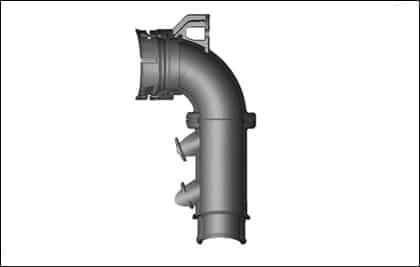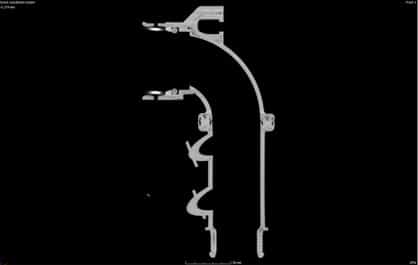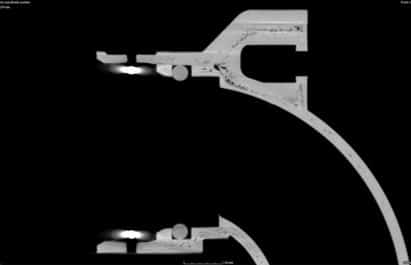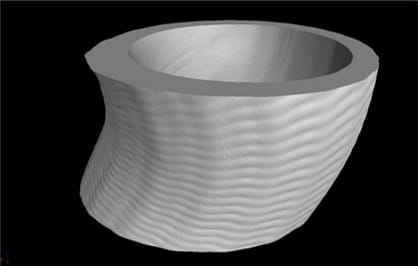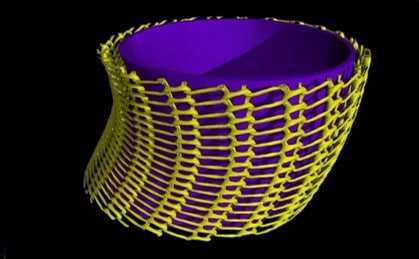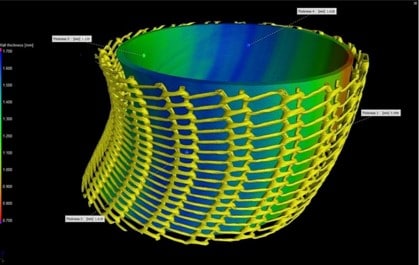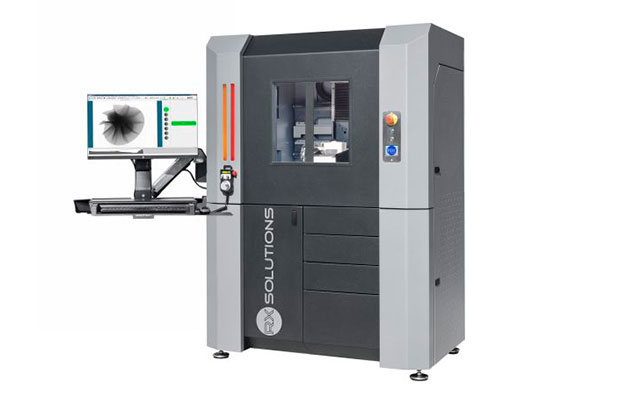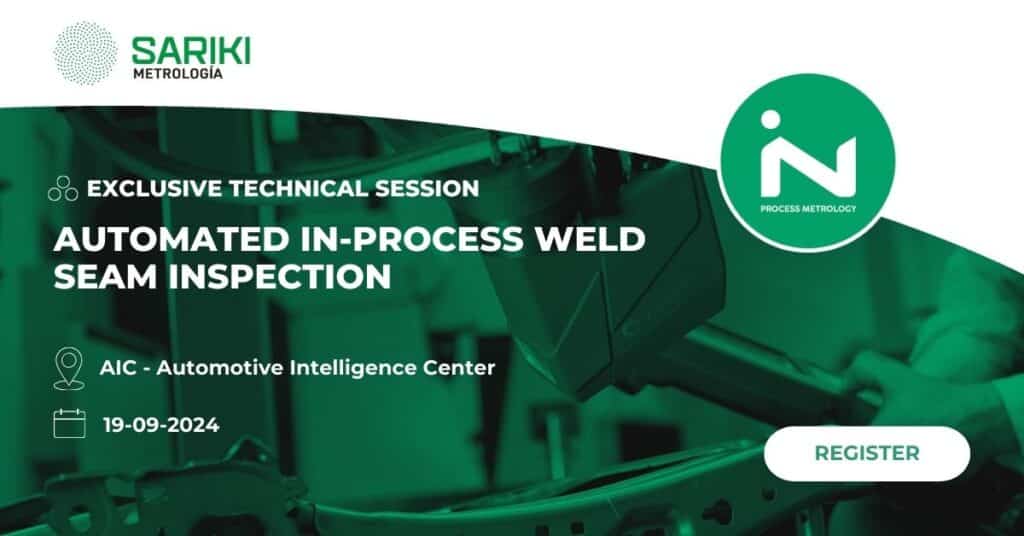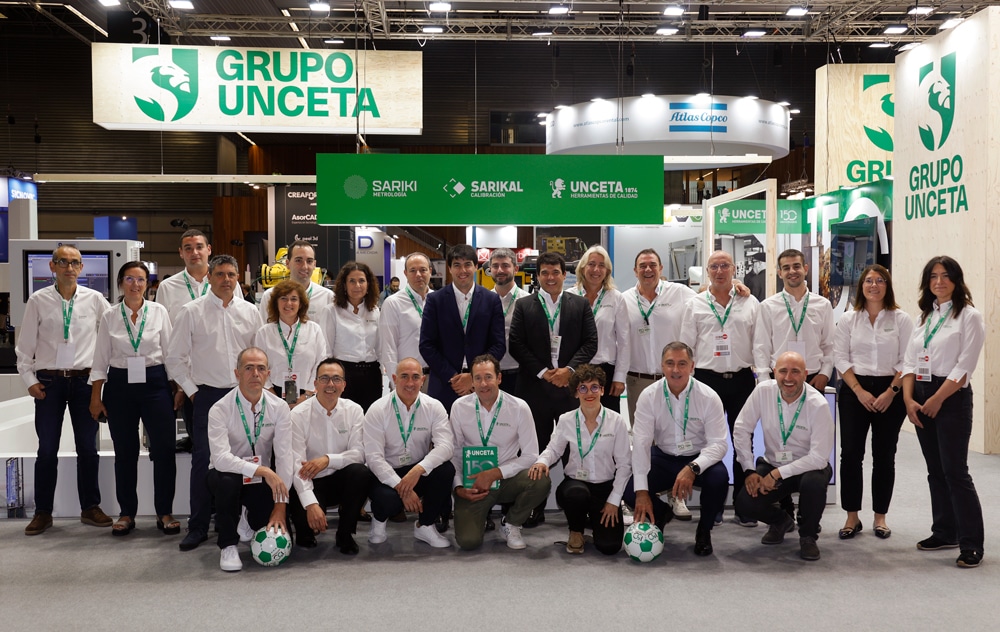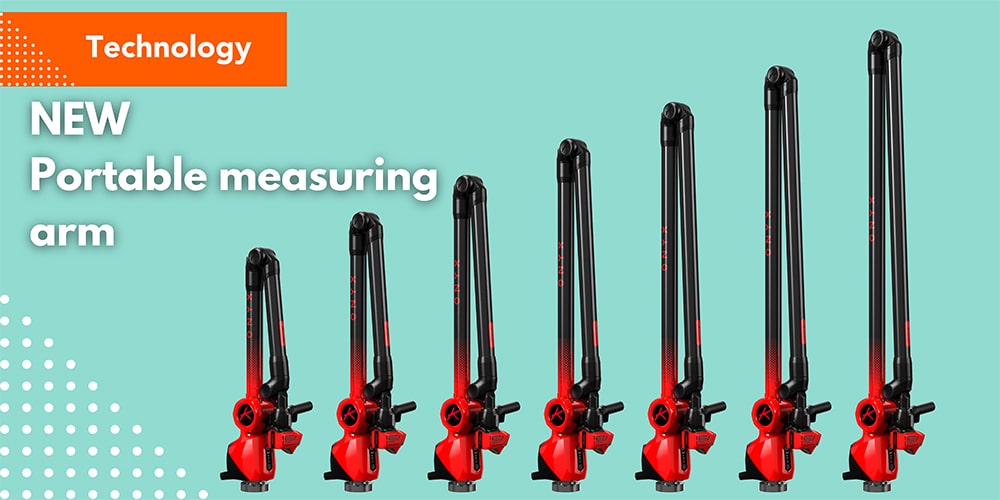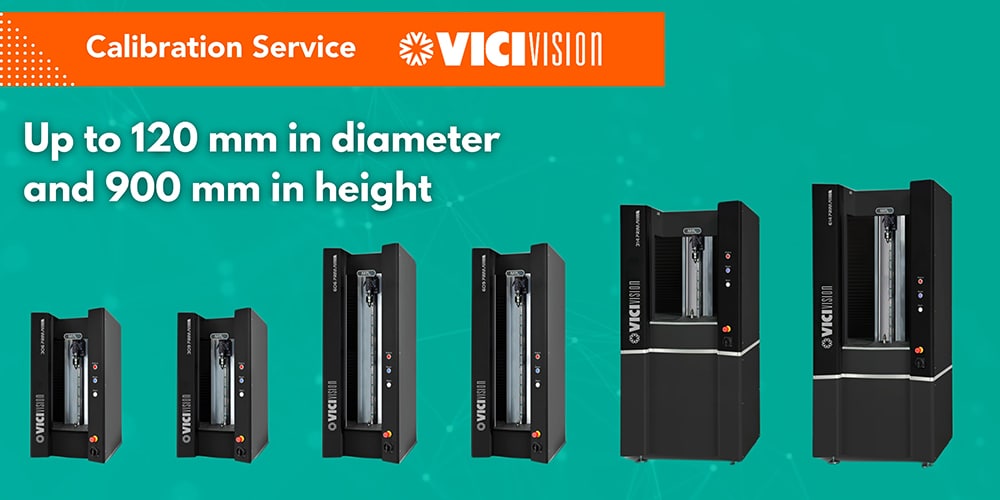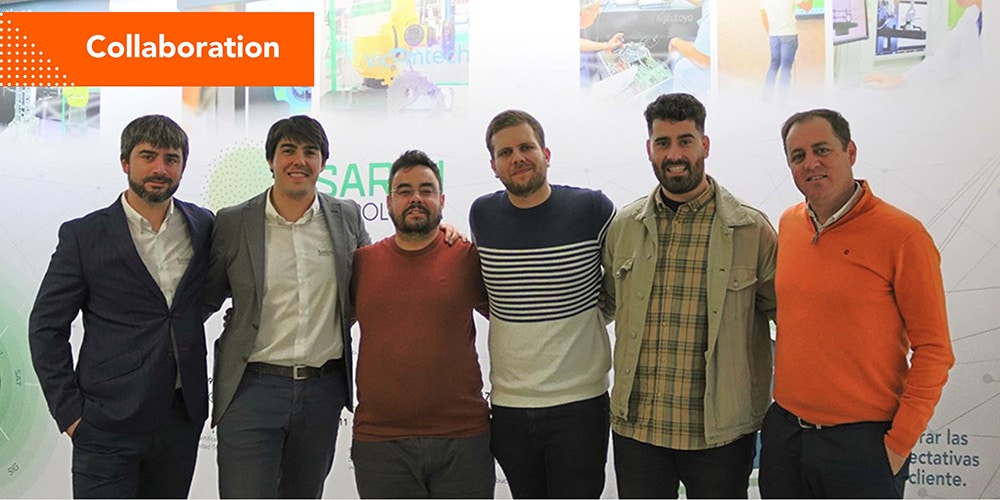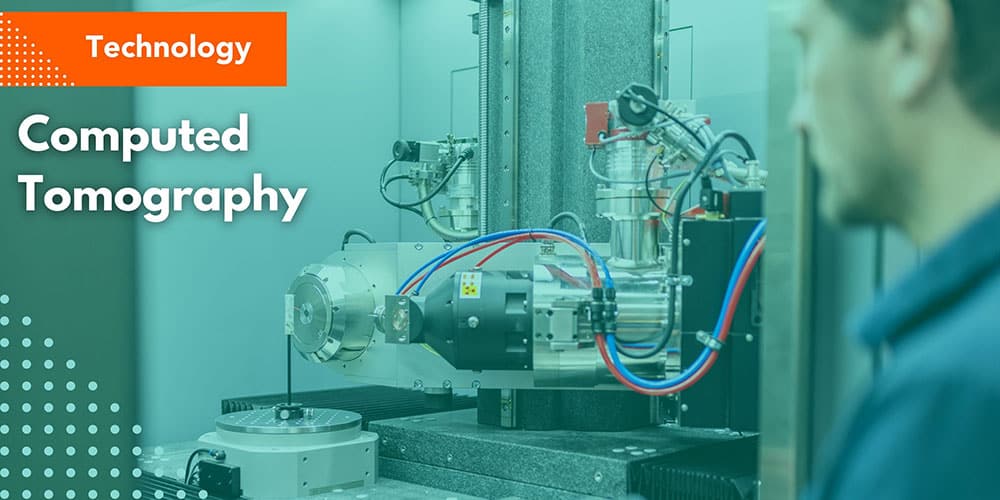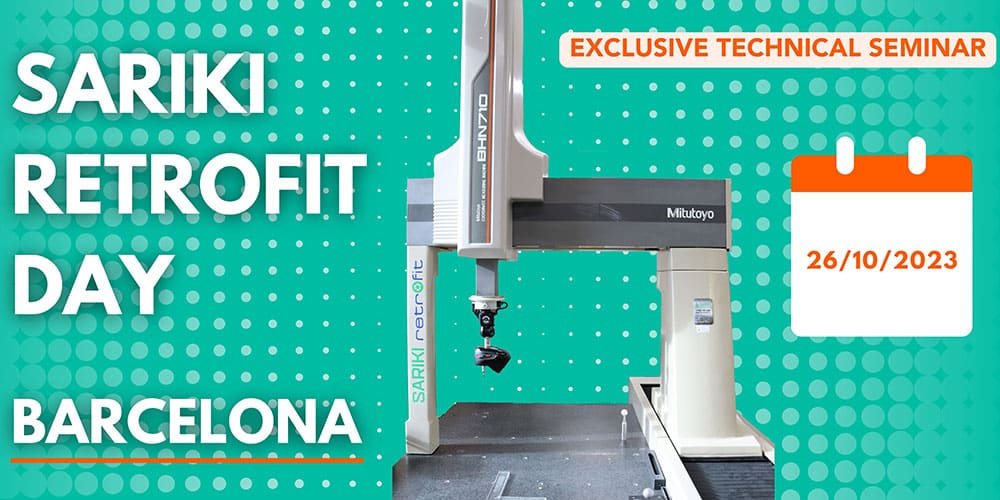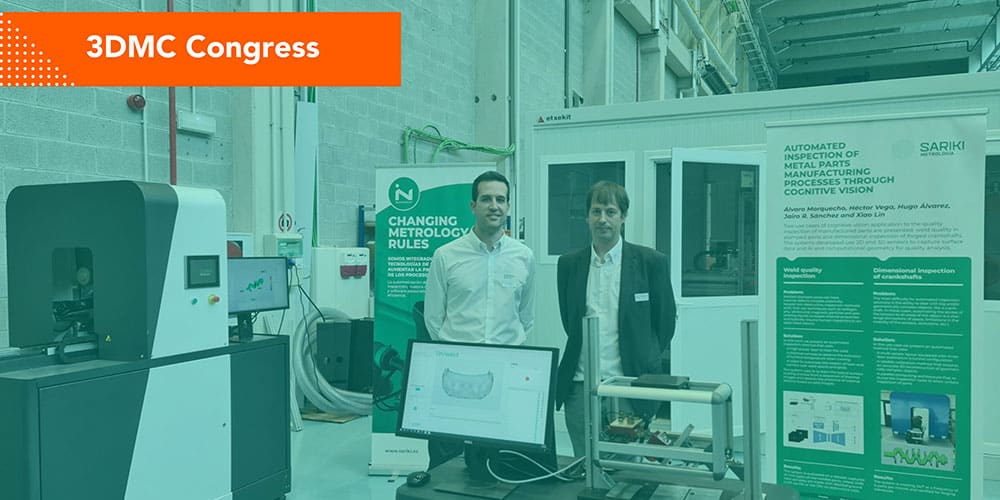We explain how the automotive sector is applying computed tomography
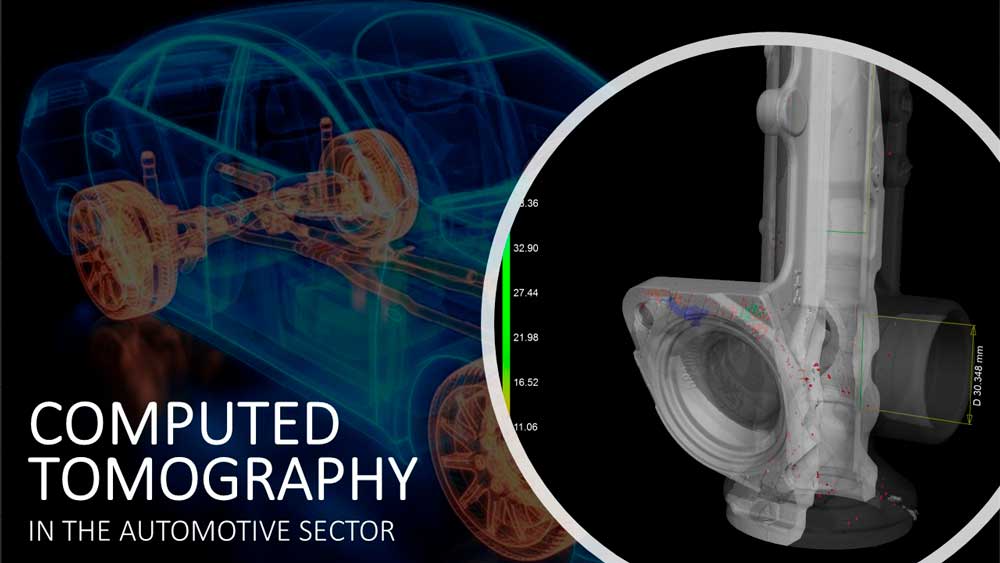
Automotive market is very competitive what gives rise to many challenges.
Millions of cars are manufactured every year around the world. In order to maintain this high production rate, the entire supply chain needs to be efficient and each subcontractor has to provide both quality and quantity in time.
Automation is now well implemented worldwide into automotive industries and control technologies are adapted to the robotized production lines: they must be fast, accurate and robust. Indeed, it is important to detect an eventual variation as soon as possible because it can save thousands of potential defective parts.
Moreover, modern vehicles are using mechanical parts with very tight tolerances and small dimensions for power train components, electronic sensors, fuel injectors, suspensions and brakes. They all need to match perfectly with the virtual model to guarantee security and quality for road users.
On top of that, cars are nowadays using a wide variety of materials and manufacturing strategies. From cast components, rubber or plastic items and electronic devices to carbon reinforced structural parts, aluminium gears and alloy wheels; each supplier has to prove the quality of its components in order to enter the immense automotive market.
X-Ray Computed Tomography (CT) is bringing new tools to face hard tasks.
Automotive sector uses many well known testing technologies in order to validate manufacturing processes, enhance assembly, and guarantee reliability and measure deviations. They all have limitations, advantages and drawbacks and a new innovative way to complete them is to use X-Ray CT, a Non-Destructive Testing (NDT) technique that allows industrial metrology experts, quality managers or academic researchers working directly or indirectly within the automotive industry to improve their capacities.
Thanks to X-Ray CT and its remarkable ease to look inside components without destroying, opening or even touching them, it is nowadays possible to get accurate results within a few seconds scanning time. Being able to penetrate various materials, X-Ray CT can be used for metrology, porosities and inclusions analysis, retro engineering, assembly verification and many other applications linked to the automotive quality process.
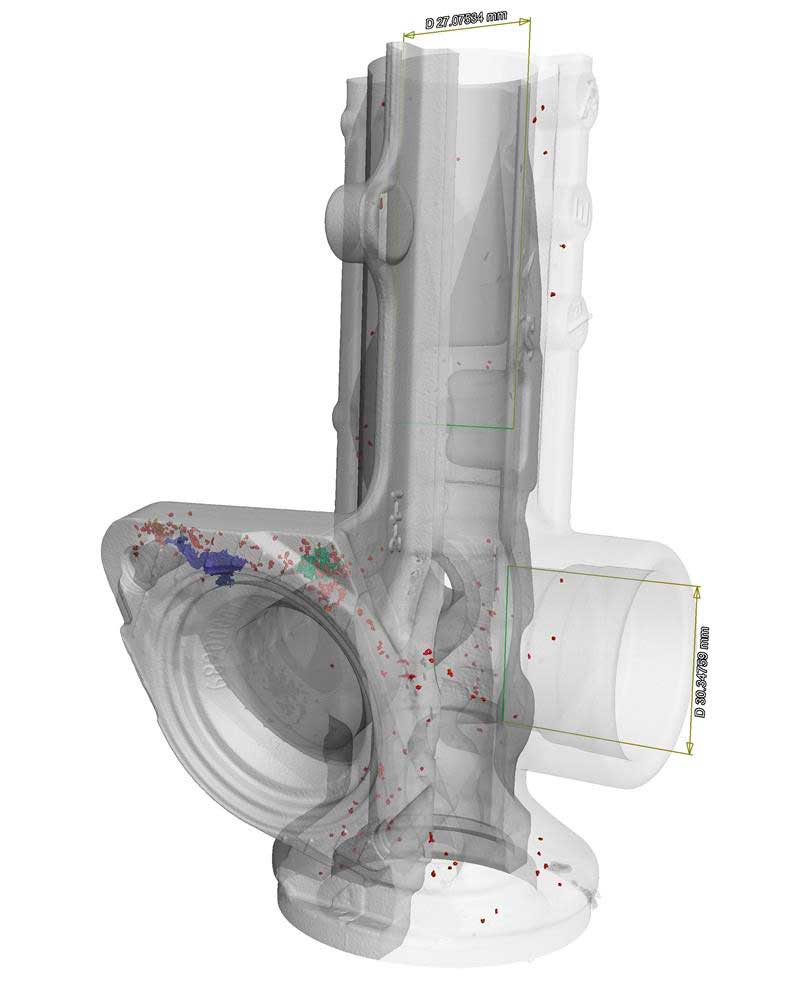
RX Solutions systems are easy to use, affordable and can be fully integrated for an automatic shop floor inspection with X-Ray CT. Providing digital data, manufacturing process deviations can be predicted by linking CT results to fully automated data analysis software. This could be the future for direct machining correction and zero-defect production.
Range of results available is so wide that almost the totality of car components could go through a CT scan.
Plastic, rubber, aluminium, steel, alloy, composite, each of these materials can be scanned with X-Ray CT.
Even if dense materials have their limitations, it opens a lot of possibilities considering car parts.
It is indeed possible to perform metrology and generate automatic GO / NO GO reports without intervention of any operators. These measurement results can include:
Distances between planes, points or circles.
Roundness
GD&T profiles
Cylindricity
Flatness
Thanks to X-Rays penetration, metrology can also be performed on internal features.
For casting parts or small plastic injected connectors, longevity and reliability often depend on small particles or voids that could appear inside the material during the manufacturing process. Thanks to advanced algorithm, X-Ray CT can provide reports giving the biggest defects detected and their locations. It is even possible to compute volume ratio between voids and material in some cases. This can be very helpful both for research and development and quality teams.
Automotive systems are sometimes complex mix between mechanical and electronic components. With X-Ray CT and using some very useful mathematical tools provided in X-Act software such as Metal Artefact correction and Beam hardening attenuation, electro-mechanical assemblies can be checked quickly without destroying them. It can be done both with Digital Radioscopy (DR) or Computed Tomography (CT) and it is always useful when looking for broken wires or misaligned parts.
Sariki is offering configurable X-Ray industrial CT systems to help automotive industry players all over the world.
RX SOLUTIONS industrial tomography solutions are the only ones on the market that:
- They can incorporate 2 X-ray sources in the same equipment.
- They incorporate a moving screen and focus.
- They are capable of traversing parts with less powerful equipment.
- They have their own capture software.
- They allow the automation of the tomography process.
- They have an assistant who guides you throughout the process.
Sariki has authorization for the sales and technical assistance of X-ray generating equipment by the Nuclear Safety Council (CSN) and all models have type approval, so they are not considered radioactive installations.
Computed tomography
We propose a measurement solution that allows you to identify defects and verify the geometry of your parts internally and externally using X-ray technology.
If you want more information about the equipment, you want personalized advice or you are interested in a measurement service with this technology, fill out the following form and we will get in touch as soon as possible.
